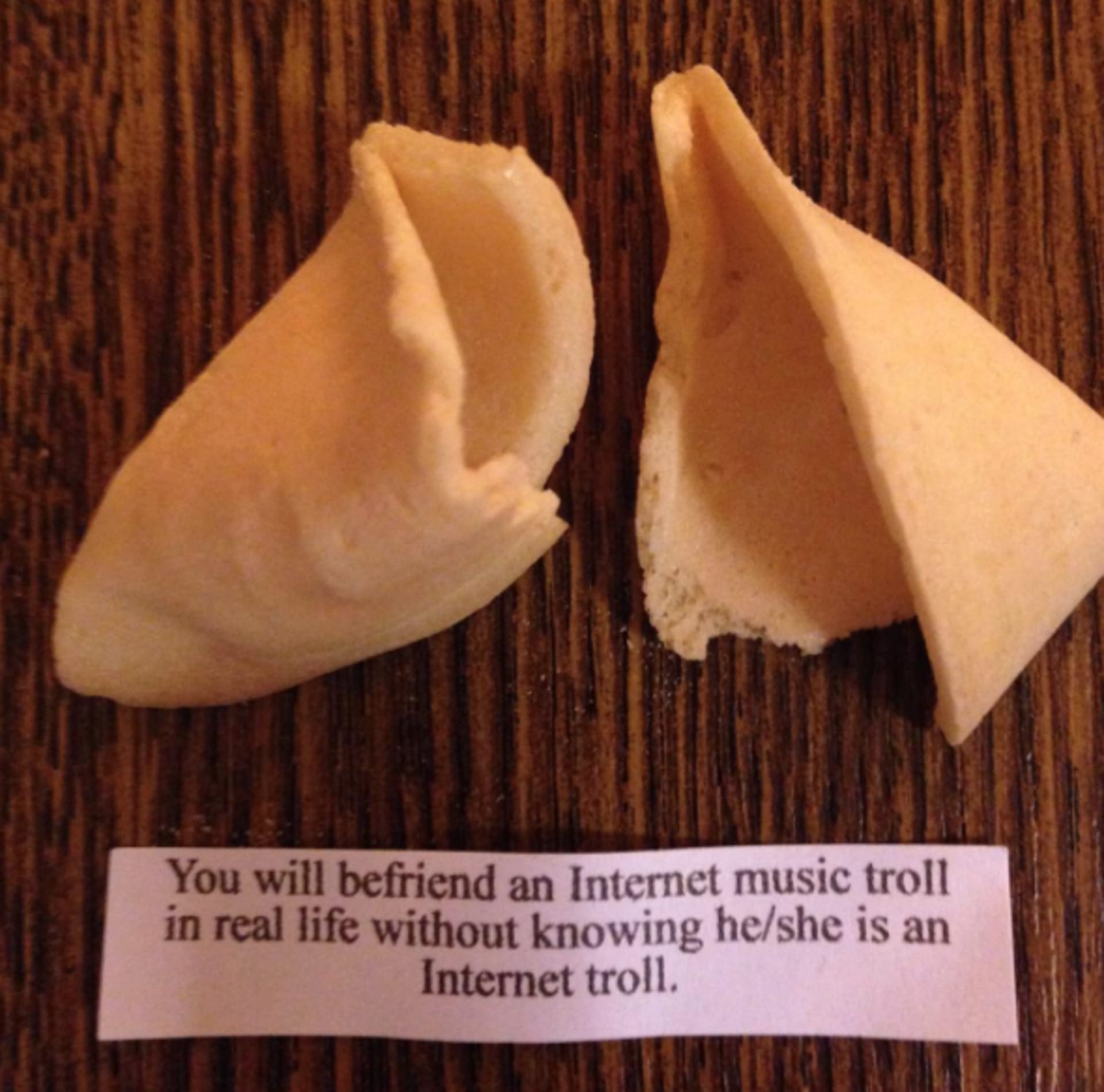
Your Attention is a Battlefield: Unsound Festival Review
One moment at Unsound Festival typified why this year’s theme, “Surprise,” was a pertinent experiment. In the midst of peak time during Friday night’s club-oriented program at Hotel Forum, the crowd lost its collective shit to nothing more than a blacked out stage, white lights and beatless builds of sound that never resolved. The audio was distinctly not the sort to excite a juiced-up crowd; it consisted of endlessly unspooling Shepard tones and extreme volume levels, and as the frequencies rose and fell you could feel your eardrums resonating in sympathy. White beams of light were mounted on multidimensional axes, and their rays carved shapes above the crowd that beautifully enunciated the drifting tones of the audio…and people were carrying on like teens at an EDM show. Grown men screamed and wooed to raw sound and light. People turned to each other in disbelief and elation. Best of all, this amazing energy was directed at the experience itself rather than an artist. There was no need to hallucinate a controlling hand behind the light and darkness. Human agency ceased to matter and for just a moment sound was free.
For its ninth annual installment, the Krakow-based and globally oriented festival declined to announce large swathes of a bill that drew together forgotten maverick composers, up-to-the-minute grime mutants, splashings of metal and much more. Where events like Budapest’s UH Festival cater directly to the margins with programming that mostly consists of sit-down performances by noise-jazz musicians and academic contemporary composers, Unsound takes a more populist route in connecting the dots between diverse scenes, styles and localities. Their concept of “experimental” isn’t as difficult as you might think, as it includes plenty of four-on-the-floor dance music from fundamental Detroit pioneers like Richie Hawtin and DJ Bone and live techno sets that toe a familiar line.
Unsound’s inclusive and comparatively accessible bookings have contributed to its stature as arguably the most popular festival in its growing field of “adventurous” events. Unsound tends to occur on the same week as corporate industry festival ADE, and both perform similar networking functions for their respective taste cultures. Like other events in the non-profit network of independent festivals devoted to “advancing sound cultures,” ICAS, such as UH, CTM and Mutek, Unsound programs lectures, films and intimate events in daylight hours before descending into concerts and club nights in the evenings over the course of eight days.
The curators’ decision to keep things under wraps was an act of revealing by concealment; not knowing who or what you’re seeing—or more importantly, not caring—is a vitally important aspect of musical experience that seems antithetical to the big modern festival. Rather than try to navigate this tension, Unsound created set-piece conditions and left the audiences to make of them what they would. There were equal opportunities for transcendence and confusion, so in that sense, some of the surprises acted as Rorschach tests upon which crowds projected a collective groupthink that shaped the ultimate mood of each performance. While to some the concept felt at times like an annoying or manipulative gimmick, the point was that such opinions, negative or otherwise, were up to the individuals in the audience.
The openness also served to illuminate some of the difficult issues facing the state of modern listening itself. Consider the aforementioned performance from Friday night in contrast to Thursday’s event in the Wieliczka salt mine. The combination of a Twitter-happy audience and a hyper abundance of make-believe catalyzed a wild goose chase for an absent Burial. A few misguided Twitter dispatches that the bass music luminary was performing for the first time at Unsound lit the Internet afire and led to a deluge of dodgy “reporting” from apparently believable sources and the odd themed meme (we also created an opportunistic Burial-themed post poking fun at the commotion).
Burialgate showed that even when people are presented with a fleeting opportunity to just listen, they continue to ask questions that really couldn’t matter less. Think about that tendency, a scarily strong urge to look beyond the experience itself and into some fucked-up concept of knowledge. Then think of the Friday performance wherein the audience submitted to the unknown and felt something revelatory, elemental and structural. The former is a tendency that turns music into a facade, a playing field for petty games that have little to do with music’s greatest powers. Call me hyperbolic but I believe this same inability to just stop for a second is the germ cell of evil. It’s the same strain of hyperactivity that divided frequency into 12 black and white keys. It’s the same tendency that made us unable to pay attention to music for more than a few minutes. It’s the same tendency that streamlined all musical development into the lubrication of commercial exchange. The Friday performance (later revealed to be Cologne-based A-Musik and Mego alumni Marcus Schmickler), was the complete opposite. It was indicative of openness. It was the germ cell of peace.
Maybe this is a lot to draw out of a music festival, but I feel it’s important to state because an event like Unsound shows that these opposing forces are easily confused and increasingly exist in close proximity to each other, especially when we consider the rise of “adventurous” music festivals, many of them taking direct cues from Unsound. What’s more, many industry types, artists, label heads and fans purport to stand for open listening yet invariably prop up a more caffeinated perspective. What’s cool about Unsound is that it makes such a dialogue possible but it doesn’t demand you do anything in particular with it. So while on the one hand it was an unparalleled success in a curatorial sense and shamed most every festival of comparable size and vision, it also touches on the terminal issues facing music in the 21st century.
Published October 22, 2015.
